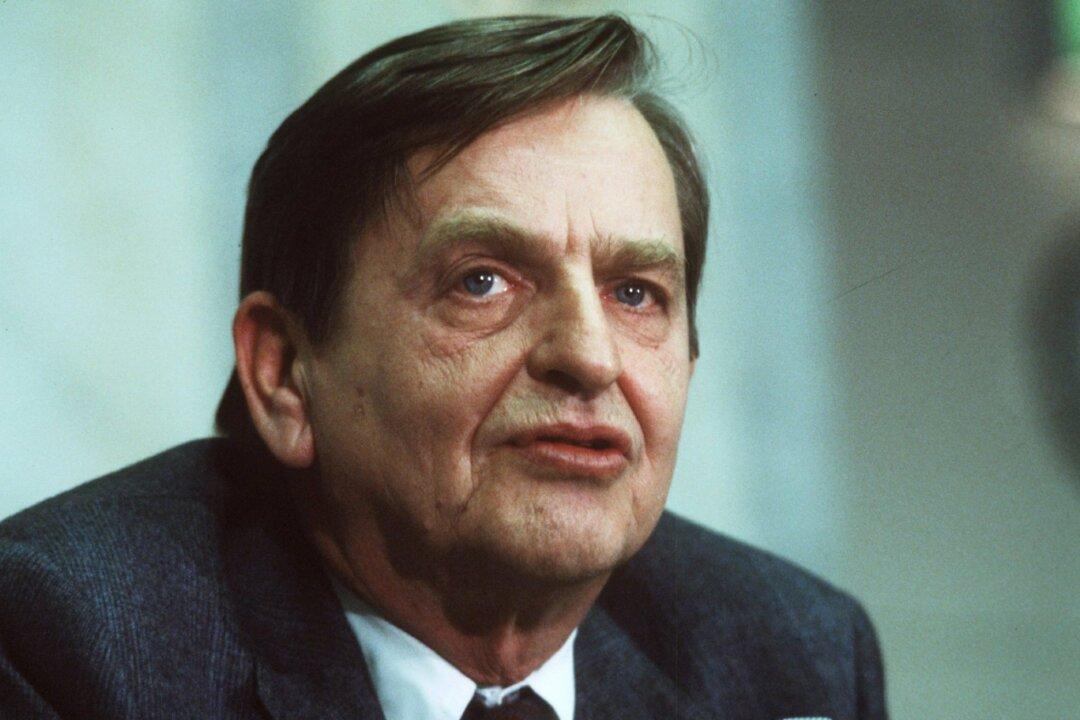STOCKHOLM—A Swedish prosecutor closed the case of the 1986 assassination of Prime Minister Olof Palme on Wednesday, accusing an insurance company graphic designer who died 20 years ago of the country’s most notorious unsolved crime.
Palme, who led Sweden’s Social Democrats for decades and served two periods as prime minister, was one of the architects of Scandinavia’s model of a strong welfare state.





